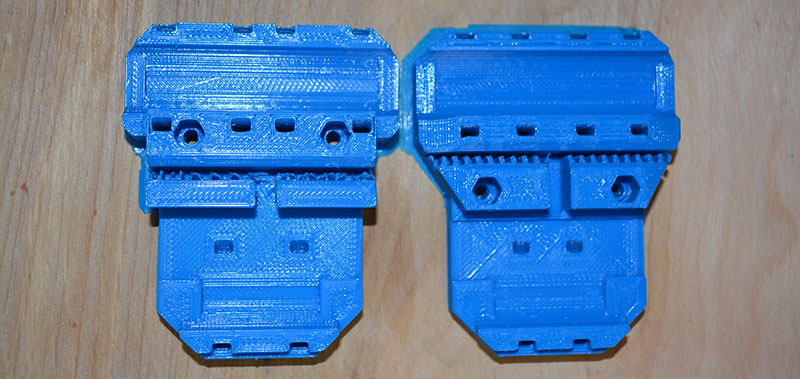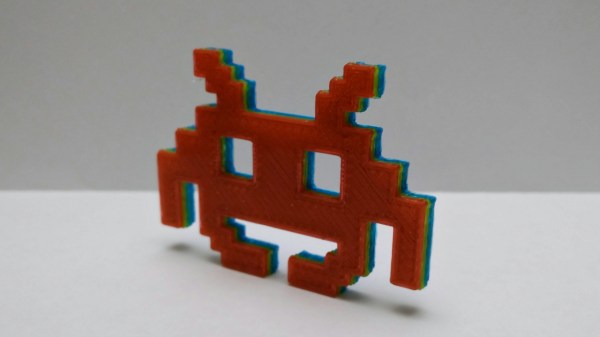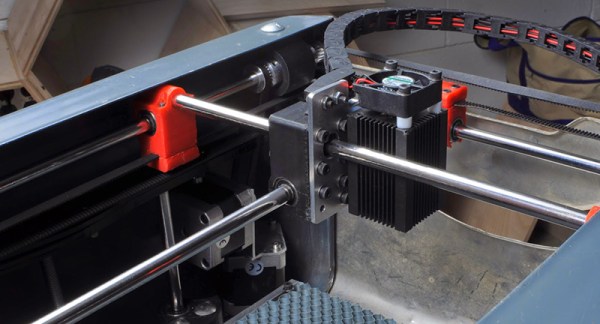There are a lot of neat toys and accessories that rely on 3D printing filament. The 3Doodler is a 3D printing pen, or pretty much an extruder in a battery-powered portable package. You can make your own filament with a Filastruder, and of course 3D printers themselves use up a lot of filament. [Bodet]’s project for this year’s Hackaday Prize gives those tiny scraps of leftover filament a new life by welding filament together.
The EasyWelder [Bodet] is designing looks a little bit like a tiny hair straightener; it has a temperature control, a power switch, and two tips that grip 1.7 or 3mm diameter filament and weld them together. It works with ABS, PLA, HIPS, Nylon, NinjaFlex, and just about every other filament you can throw at a printer. By welding a few different colors of filament together, you can create objects with different colors or mechanical properties. It’s not as good as dual extrusion, but it does make good use of those tiny bits of filament left on a mostly used spool.
Since the EasyWelder can weld NinjaFlex and other flexible filaments, it’s also possible to weld NinjaFlex to itself. What does that mean? Custom sized O-rings, of course. You can see a video of that below.
Continue reading “Hackaday Prize Entry: Welding Plastic Filament”







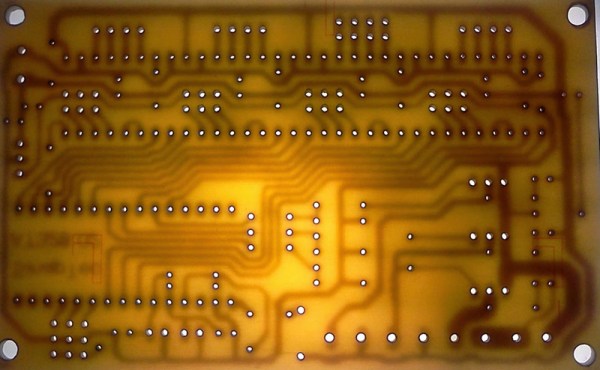

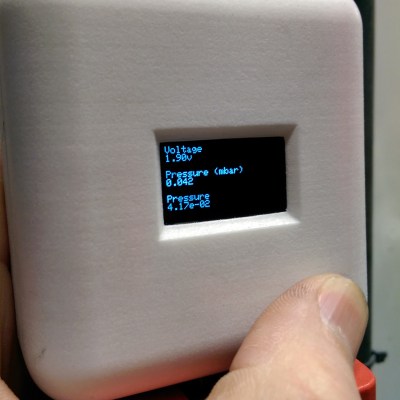 This project goes a little beyond simple Arduino programming though. A 12V to 5V power supply drives the device, which is laid out on a blank PCB. The display fits snugly over the circuit which reduces the footprint of the project, and the entire thing is housed in a custom-printed case with a custom-printed pushbutton. The device gets power and data over the RJ45 connection so no external power is needed. If you want to take a look at the code,
This project goes a little beyond simple Arduino programming though. A 12V to 5V power supply drives the device, which is laid out on a blank PCB. The display fits snugly over the circuit which reduces the footprint of the project, and the entire thing is housed in a custom-printed case with a custom-printed pushbutton. The device gets power and data over the RJ45 connection so no external power is needed. If you want to take a look at the code, 

